Introduction to Artline T-Shirt Markers
Artline T-Shirt Markers stand out in the world of fabric markers for their unique combination of quality and versatility. These markers are specifically designed to cater to the needs of various users, including DIY enthusiasts, crafters, and professional artists. What sets Artline T-Shirt Markers apart from other fabric markers available in the market is their distinctive features, making them highly reliable for a range of artistic applications.
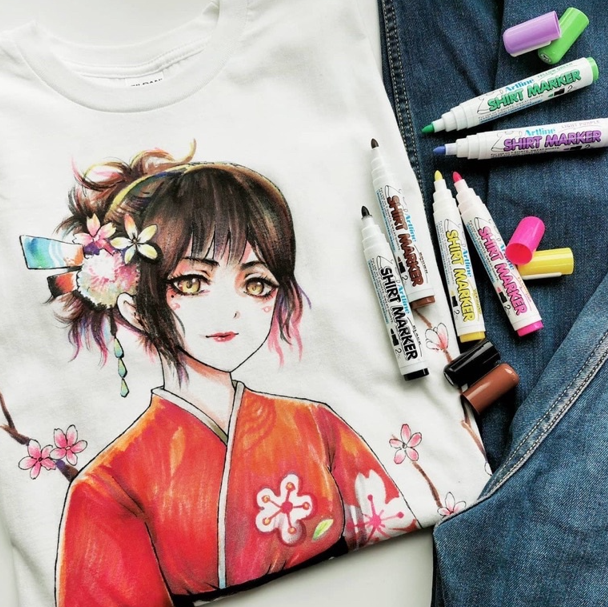
One of the most notable characteristics of Artline T-Shirt Markers is their use of permanent ink. This ensures that the designs remain intact and vibrant even after multiple washes, providing a lasting effect that many fabric markers fail to achieve. The rich and vivid colors offered by these markers allow for the creation of striking and eye-catching designs, enabling artists to fully express their creativity on fabric.
Furthermore, Artline T-Shirt Markers are incredibly easy to use, requiring no specialized equipment or complicated processes. Artists can begin their projects with just the markers and a piece of fabric, making it accessible for people with varying levels of artistic skills. The markers also come with a fine tip, which allows for precision and detailed work, making them ideal for both intricate patterns and bold illustrations.
Another significant feature is their wash-resistant properties. Artline T-Shirt Markers are specifically formulated to ensure that the designs do not fade or bleed when exposed to water or machine washing. This durability makes them a preferred choice for creating customized t-shirts, tote bags, and other fabric items that are intended for regular use.
In summary, Artline T-Shirt Markers represent a perfect blend of quality, ease of use, and durability. These markers are designed to meet the needs of both casual crafters and professional artists, providing a reliable tool for producing long-lasting, vibrant fabric designs.
Choosing the Right T-Shirt for Your Project
When embarking on a project with Artline T-Shirt Markers, selecting the appropriate t-shirt fabric is crucial for optimal results. The interaction between the marker and the fabric significantly influences the durability and vibrancy of the design. Understanding different types of fabrics and their compatibility with Artline T-Shirt Markers will set a solid foundation for your creative endeavor.
One of the most popular choices is cotton. Cotton t-shirts are highly absorbent, making them an excellent canvas for Artline T-Shirt Markers. The ink adheres well, and the colors come out vibrant and rich. However, it’s essential to pre-wash the cotton shirt to remove any sizing agents or residues that might affect the ink’s absorption. Pre-washing also prevents potential shrinkage after the design has been applied.
Polyester t-shirts, on the other hand, have a smoother surface and are less absorbent than cotton. While Artline T-Shirt Markers can still be used on polyester, the colors might not appear as vivid, and the ink may take longer to dry. Blended fabrics, such as cotton-polyester mixtures, offer a compromise, providing some absorbency while maintaining the structure and durability of polyester. When working with blends, the percentage of each material will determine the overall interaction with the markers.

In addition to fabric composition, the color of the t-shirt plays a significant role. Lighter-colored shirts are preferable, as Artline T-Shirt Markers stand out more vividly against a light background. Darker fabrics may obscure the design or require multiple layers of ink to achieve the desired opacity. If using a dark-colored t-shirt, consider using opaque or metallic markers for better visibility.
Preparing the fabric is another essential step. Ensure the t-shirt is clean and dry before starting the design. Ironing the shirt beforehand can create a smooth, wrinkle-free surface that facilitates precise marker application. Using a piece of cardboard or a plastic barrier inside the shirt can prevent ink from bleeding through to the back.
By carefully selecting and preparing the right t-shirt, you can optimize the performance of Artline T-Shirt Markers and achieve long-lasting, professional-looking designs.
Design Inspiration and Planning
When embarking on your t-shirt design journey with Artline T-Shirt Markers, the initial step involves gathering compelling ideas and meticulous planning. Inspiration can strike from various sources, ensuring a unique and personal touch to your creations. Look to nature for organic shapes and colors, delve into pop culture for vibrant, trendy themes, or explore abstract art for more unconventional designs. Each of these realms offers a treasure trove of inspirational elements that can elevate your t-shirt artwork.
Once you have a general theme in mind, translate your conceptual ideas into tangible sketches. Utilizing a sketchbook can help you refine your thoughts and visualize the end product. Drafting multiple variations of a design provides flexibility, allowing you to select the most aesthetically pleasing version before committing it to fabric. Simple, hand-drawn illustrations can also serve as a foundation for more detailed and intricate designs. Keep in mind that this sketching phase is crucial, as it lays the groundwork for your final piece.

For those aiming to achieve precision and intricacy in their designs, creating stencils or using pre-made templates can be invaluable. Stencils enable clean lines and replicable patterns, which can look particularly striking on a t-shirt. Templates, meanwhile, can help in maintaining consistency, especially when tackling complex or repetitive motifs. Invest time in crafting or sourcing quality stencils/templates that align with your creative vision.
Another key element in the design process is planning the composition. Before putting marker to fabric, consider layout elements such as balance, symmetry, and focal points. Thoughtful placement of your design components ensures a cohesive and visually appealing result. Mistakes can be costly in terms of both time and resources, hence pre-planning your approach can mitigate errors and maximize the quality of your output. Deliberate and thorough preparation sets the stage for a successful execution, embodying your creativity through Artline T-Shirt Markers.
Basic Techniques for Using Artline T-Shirt Markers
Artline T-Shirt Markers are a versatile tool for anyone looking to create custom apparel. For the best results, it is important to master a few fundamental techniques. Begin by ensuring the marker is held with a comfortable grip, similar to holding a pen. This will provide control and precision. When it comes to pressure application, start with light pressure to avoid fabric distortion; gradually apply more pressure if a thicker line is needed. Consistent strokes yield smooth, even lines, which are crucial for professional-looking designs.
Layering colors is another essential technique, particularly for achieving depth and vibrancy. Start with light colors and layer darker shades on top. This method prevents muddiness and allows for better color blending. For blending, work while the ink is still wet to seamlessly merge the shades. Practice blending on a scrap piece of fabric to avoid mistakes on your final piece.

Adding intricate details can elevate your design. Use fine-tipped Artline T-Shirt Markers for small details, and consider utilizing additional tools like rulers for straight lines, light tables for tracing, and fabric pencils for sketching outlines. Drafting your design with a fabric pencil before applying the markers can help ensure accuracy and symmetry.
Using these basic techniques effectively can transform a simple t-shirt into a personalized piece of art. With practice and the right tools, anyone can create stunning designs that stand out.
Advanced Techniques and Special Effects
For those who have mastered the basics of using Artline T-shirt markers, exploring advanced techniques can elevate your designs to a professional level. One essential method is creating depth and texture, which can transform a simple illustration into a dynamic work of art. Start by understanding how light interacts with surfaces. Use shading to simulate shadows and highlights to mimic light’s reflection, adding a three-dimensional (3D) effect to your designs.
To achieve realistic shading, select a color that is darker than your base color for shadows. Gradually apply light strokes, focusing on areas where shadows would naturally fall. For highlights, use a lighter color or even a thin layer of white marker. Gently fade this lighter color into the base tone to create a smooth transition. Blend meticulously to avoid harsh lines.

lines Incorporating mixed media elements, such as fabric paints or embellishments, can further enrich your designs. Fabric paints can be used to add bold, solid areas of color or to enhance regions where markers alone may fall short. Embellishments like rhinestones, studs, or fabric patches can add texture and tactile interest. Begin by sketching your design with Artline markers and then integrate fabric paints for richer hues. Allow the paint to dry completely before proceeding with markers again to prevent smudging and color mixing.
For intricate patterns, such as mandalas or lace designs, precision is crucial. Utilize fine-tipped markers for detailed work and plan your design meticulously before application. When aiming for 3D effects, practice layering different shades and outlines to emphasize certain elements. An effective approach includes layering lighter colors beneath darker ones to create a sense of depth.
One popular advanced design is the creation of galaxy prints. Start with a dark fabric as your base. Use metallic or neon fabric paints to depict stars and interstellar clouds. Add highlights with white markers to enhance the brightness of stars, creating a celestial aesthetic. Similarly, experimenting with gradients can yield dramatic results. Apply different shades of the same color gradually to create smooth transitions from light to dark, imitating natural color shifts.
Fixing Mistakes and Troubleshooting Common Issues
Using Artline T-Shirt Markers can result in vibrant, personalized designs, but it’s not uncommon to encounter some challenges along the way. Whether due to a slip of the hand or unforeseen fabric interactions, mistakes can and do happen. Addressing these issues promptly and effectively can make the difference between a design that disappoints and one that impresses.
One common issue when using Artline T-Shirt Markers is dealing with accidental marks or unwanted strokes. A practical tool in such cases is a fabric eraser, which can help to lighten or entirely remove minor mistakes without damaging the fabric. For more stubborn errors, integrating the accident into the design creatively can often turn a mistake into a unique feature, enhancing the overall appeal of your artwork.
If marker bleeding occurs, it’s essential to act quickly. Bleeding usually happens when the fabric is too thin or the marker is applied too heavily. To mitigate this, place a piece of cardboard or thick paper beneath the fabric while drawing. If bleeding has already occurred, try dabbing the affected area gently with a damp cloth to reduce its spread. For preventive measures, choosing high-quality, tightly woven fabrics can significantly reduce the likelihood of markers bleeding.
Color fading is another concern. To ensure the longevity of your designs, always allow sufficient drying time and heat set the marker ink by ironing the reverse side of the fabric. Washing the garment inside out on a gentle cycle can also help preserve the vibrancy of the colors. It’s also advisable to avoid excessive washing and to steer clear of harsh detergents, which can strip away the marker pigments over time.
Sometimes, designs do not turn out as anticipated despite careful planning and execution. In such cases, re-evaluating your design approach and techniques can be beneficial. Experiment with different fabrics, test markers on swatches before starting your main project, and always have a backup plan for dealing with unexpected outcomes.
By understanding these common issues and employing the appropriate strategies to address them, you can maximize the quality of your Artline T-Shirt Marker projects. Ensuring the longevity and aesthetic appeal of your designs requires both preventative measures and the ability to correct mistakes effectively.
Caring for Your Custom T-Shirts
Ensuring the longevity and vibrancy of your custom t-shirts created with Artline T-Shirt Markers hinges on proper care techniques. Following precise washing, drying, and storage instructions is essential to maintain the integrity of both the fabric and the artwork.
Washing Guidelines: To preserve the designs made with Artline T-Shirt Markers, always turn the t-shirts inside out before washing. This reduces direct friction on the artwork, preventing it from fading or cracking. Opt for a gentle cycle with cold water to minimize fabric wear and tear. It’s advisable to use a mild detergent free of bleach to avoid any potential damage to both the fabric and the design. For optimal results, avoid using fabric softeners as they can deteriorate the markers’ artwork over time.
Drying Instructions: Air drying is the preferred method for custom t-shirts. Lay the garment flat on a clean, dry surface or use a drying rack to achieve the best results. If you must use a dryer, make sure to use the lowest heat setting available. High heat can cause the design to crack and the colors to fade. Removing the t-shirt while it’s still slightly damp and allowing it to air dry the rest of the way can further help in maintaining the design’s vividness.
Ironing Tips: When it comes to ironing, it’s crucial to avoid direct contact with the areas decorated by Artline T-Shirt Markers. Turn the t-shirt inside out and use a low to medium heat setting. To add an extra layer of protection, place a thin cloth or parchment paper between the iron and the fabric. This method ensures the design remains undamaged while eliminating wrinkles from the rest of the garment.
Proper Storage: Storing your custom t-shirts properly is equally important. Keep them in a cool, dry place away from direct sunlight to prevent any color fading. Avoid hanging them on wire hangers, which can cause distortions over time. Instead, fold them neatly and store them in drawers or on shelves, preferably with acid-free tissue paper between the folds to prevent color transfer and fabric degradation.
Adhering to these care instructions will significantly prolong the life of your custom t-shirts, ensuring the Artline T-Shirt Marker designs remain vivid and intact for years to come. By investing a little extra effort into washing, drying, and storing, you can enjoy your unique creations for an extended period.
Showcasing and Sharing Your Finished Creations
Once you have completed your masterpiece with Artline T-Shirt Markers, the next step is to showcase and share your creation with the world. One of the most effective ways to do this is by photographing your custom t-shirts. Ensure you use good lighting and a neutral background to make your designs pop. Consider investing in a tripod or a camera stand to maintain stable shots. Experimenting with various angles and close-ups can also highlight the intricate details of your artwork.
Social media platforms like Instagram, Facebook, and Pinterest are excellent for sharing your creations. Tailoring your posts with relevant hashtags can help increase your visibility within the artistic community. It might even be beneficial to create a personal brand or online portfolio. Platforms like Behance or personal websites can serve as professional showcases for your designs, allowing potential customers or collaborators to view your work in a structured manner.
If you’re inclined towards monetizing your creations, selling custom designs online or at craft fairs is a viable option. Websites like Etsy, eBay, and Shopify provide a marketplace for handmade goods. Additionally, participating in local craft fairs or pop-up shops can offer more personal interactions with potential buyers and help you understand customer preferences firsthand.
Connecting with other artists and communities can provide invaluable inspiration and feedback. Engaging in art forums, online workshops, and local artist groups can help you refine your skills and learn new techniques. Feedback from your peers can often highlight areas of improvement you may not have considered.
Remember, showcasing and sharing your creations is a celebration of your creativity and hard work. It opens the door to further opportunities and helps you connect with a larger audience that appreciates your art.
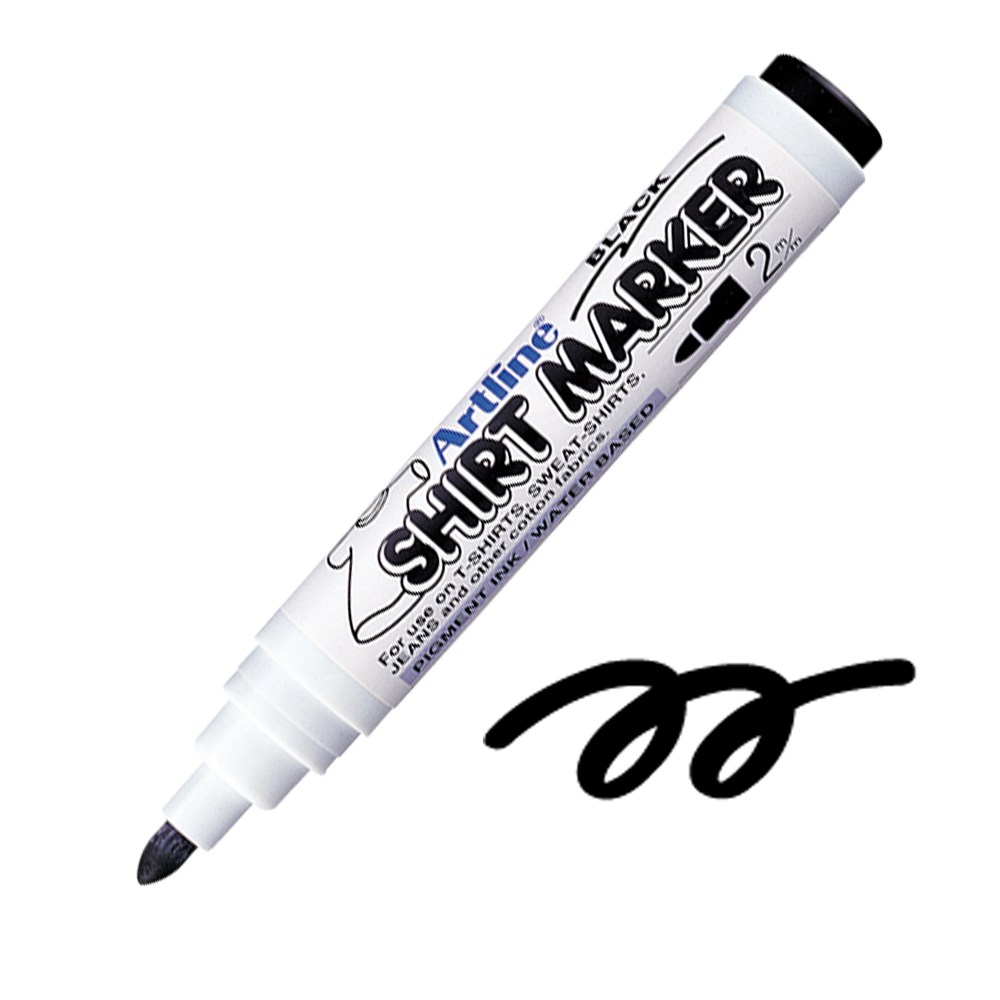
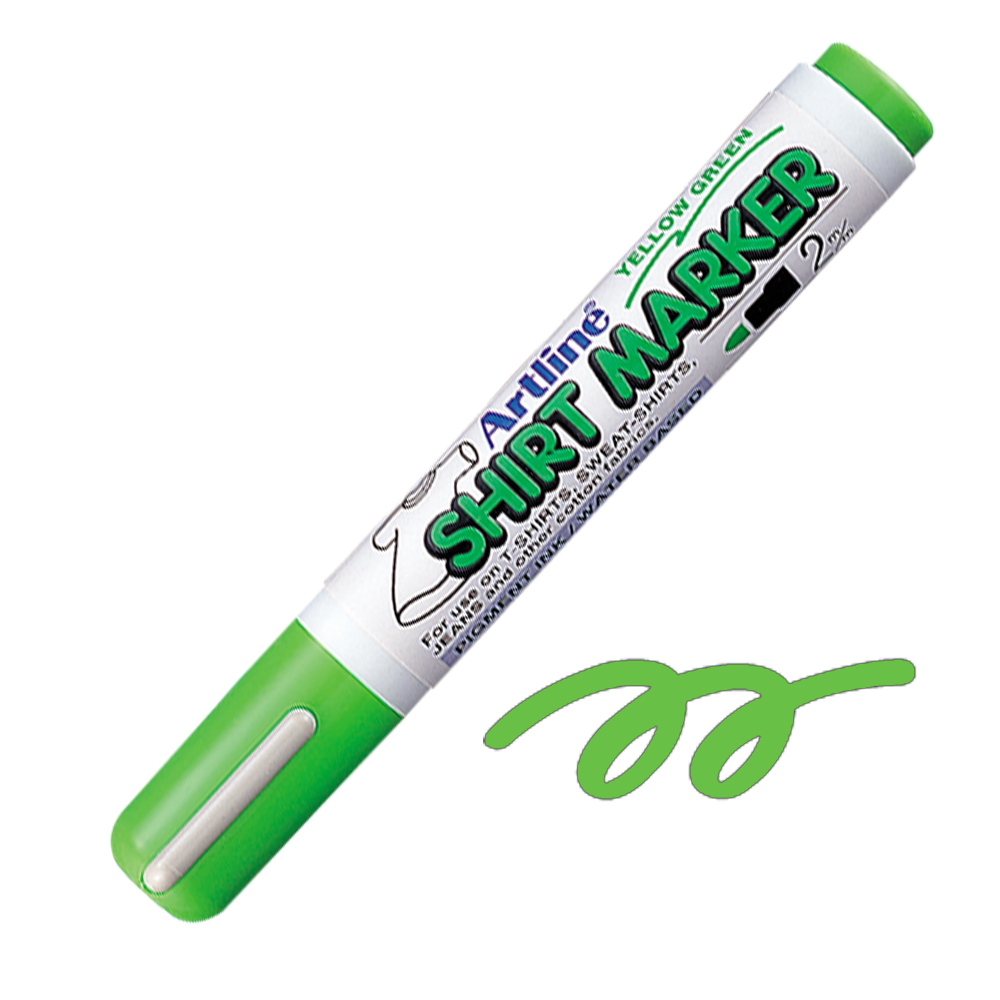
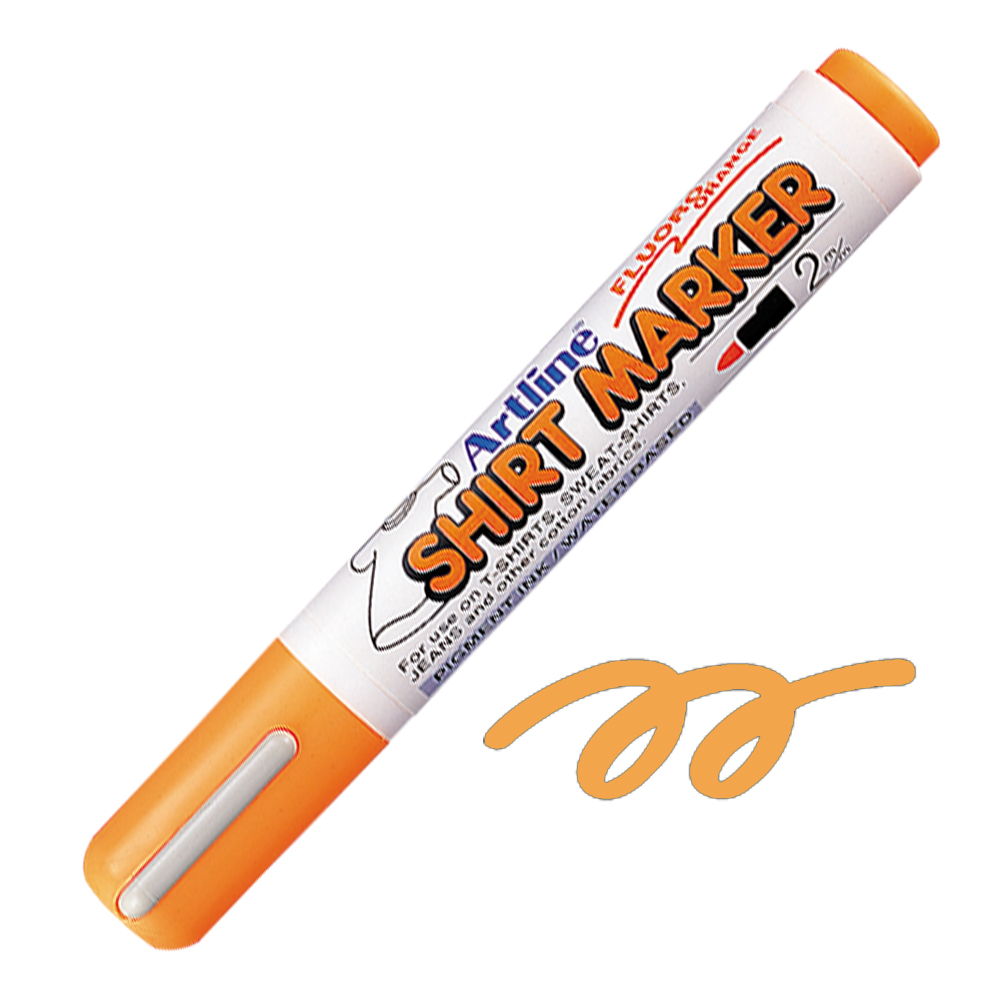
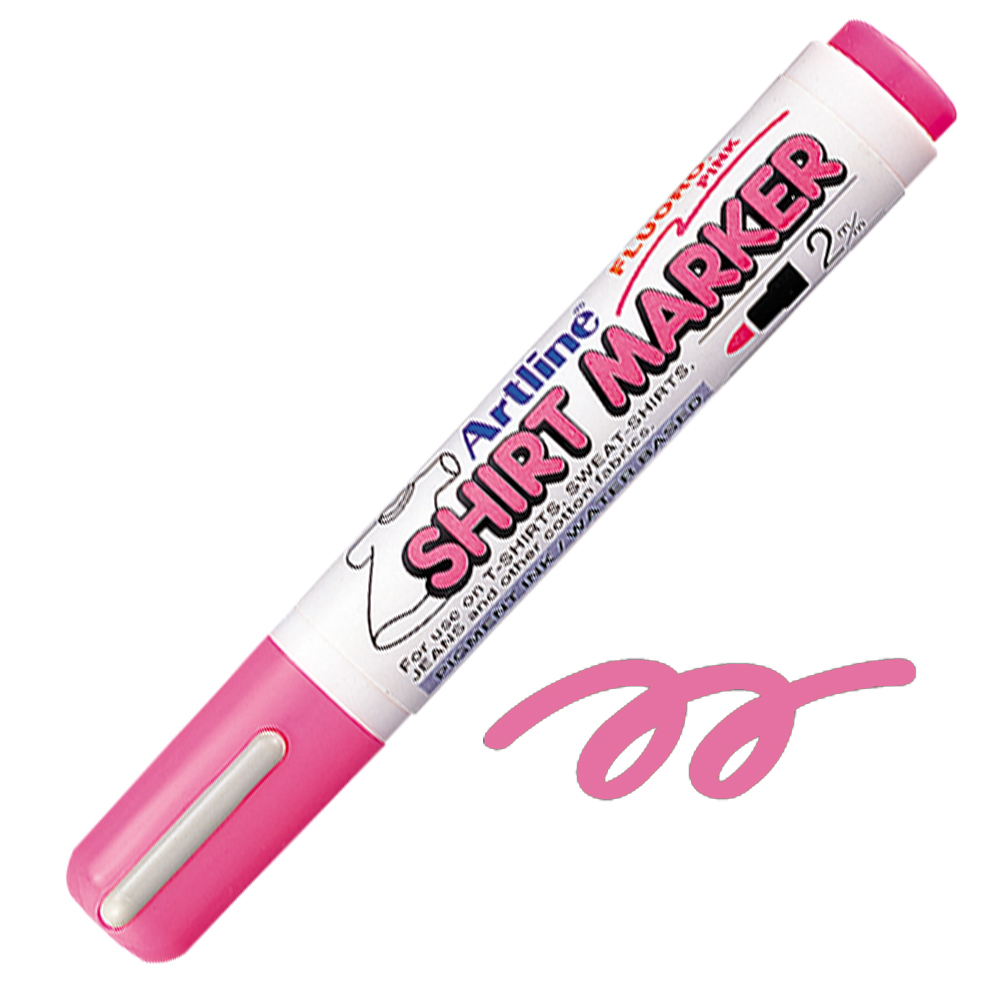
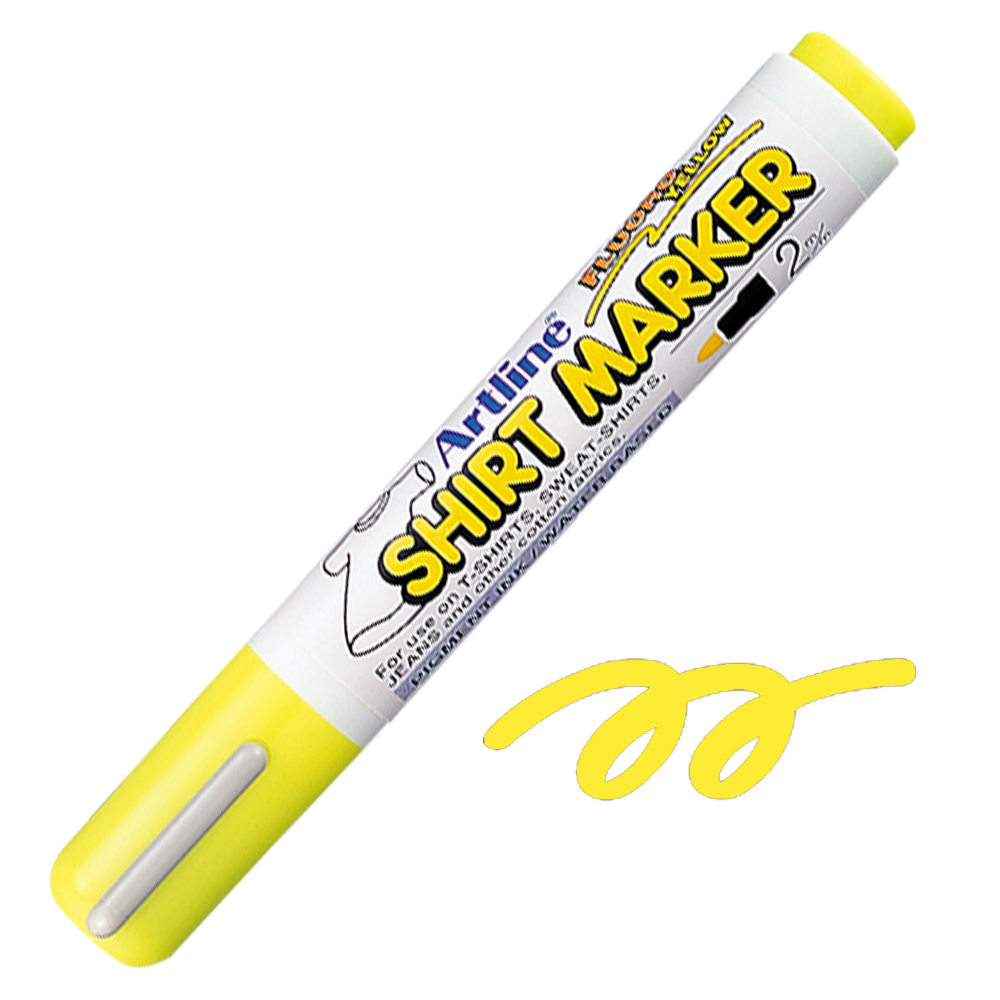
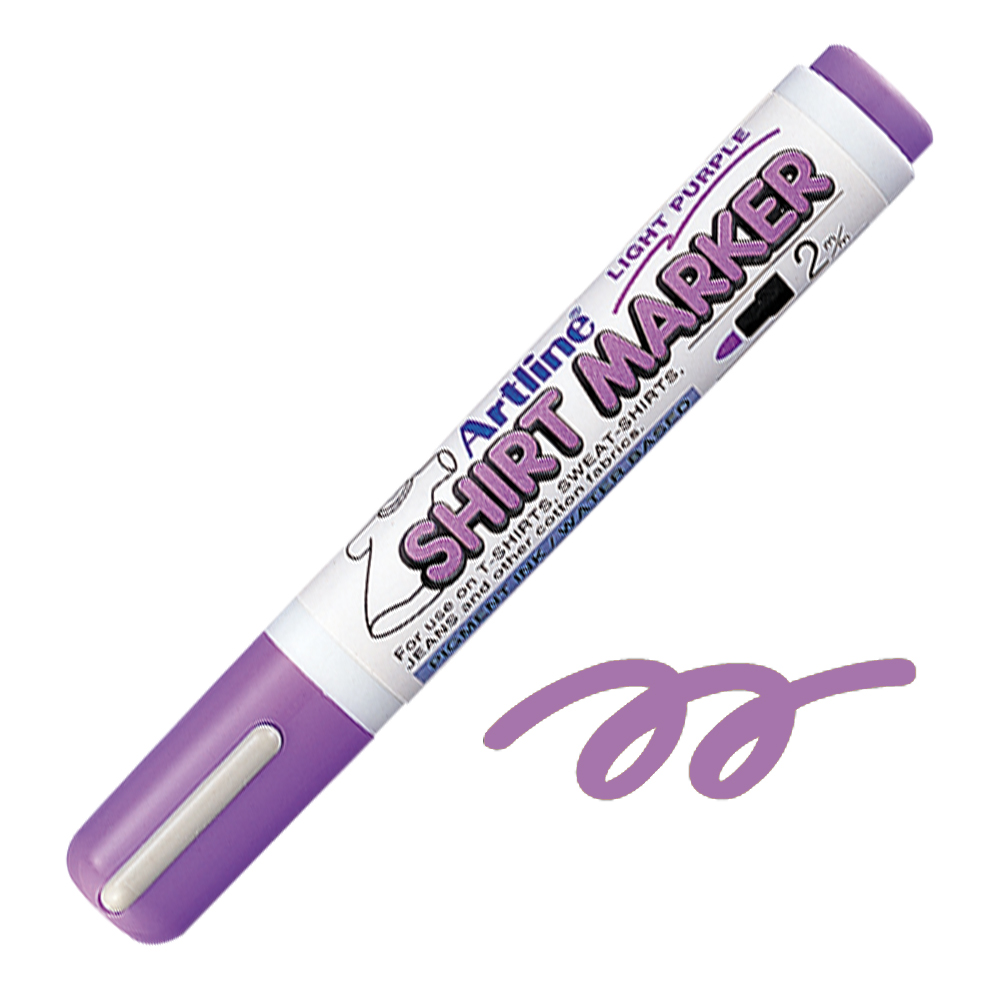
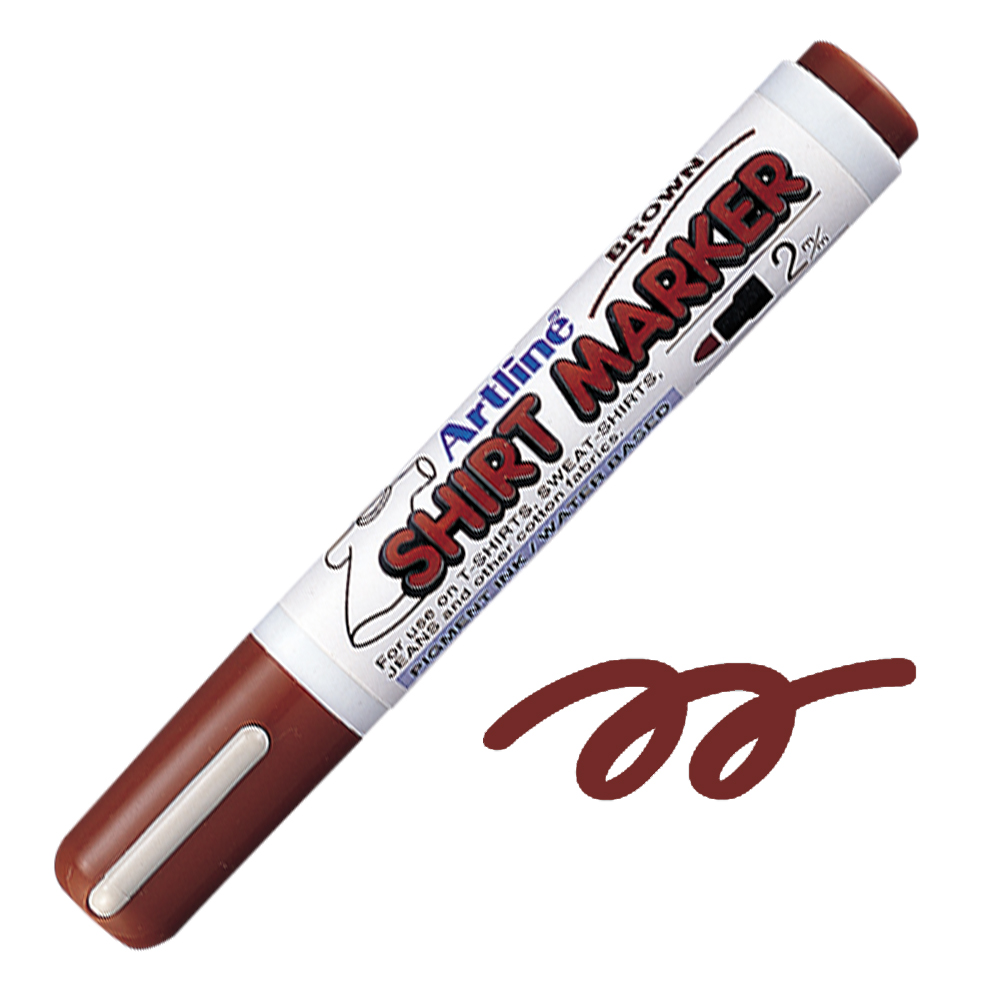
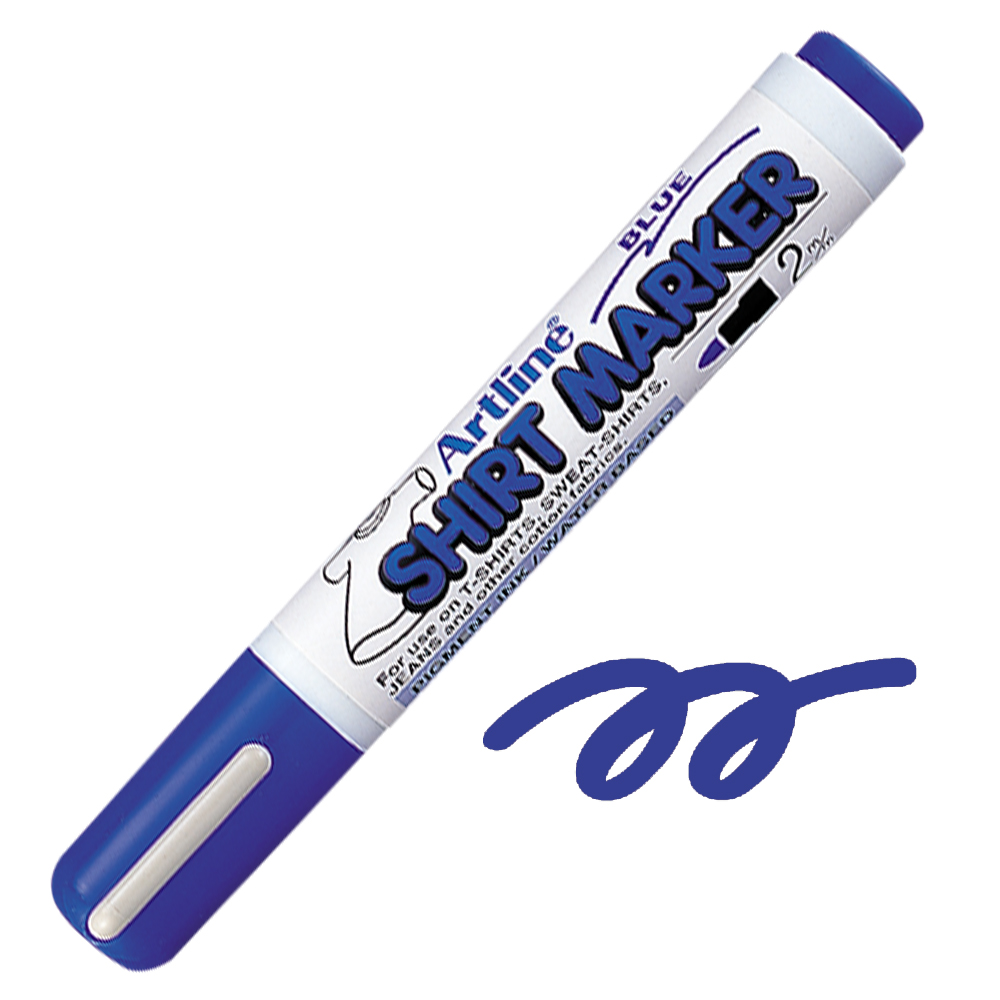
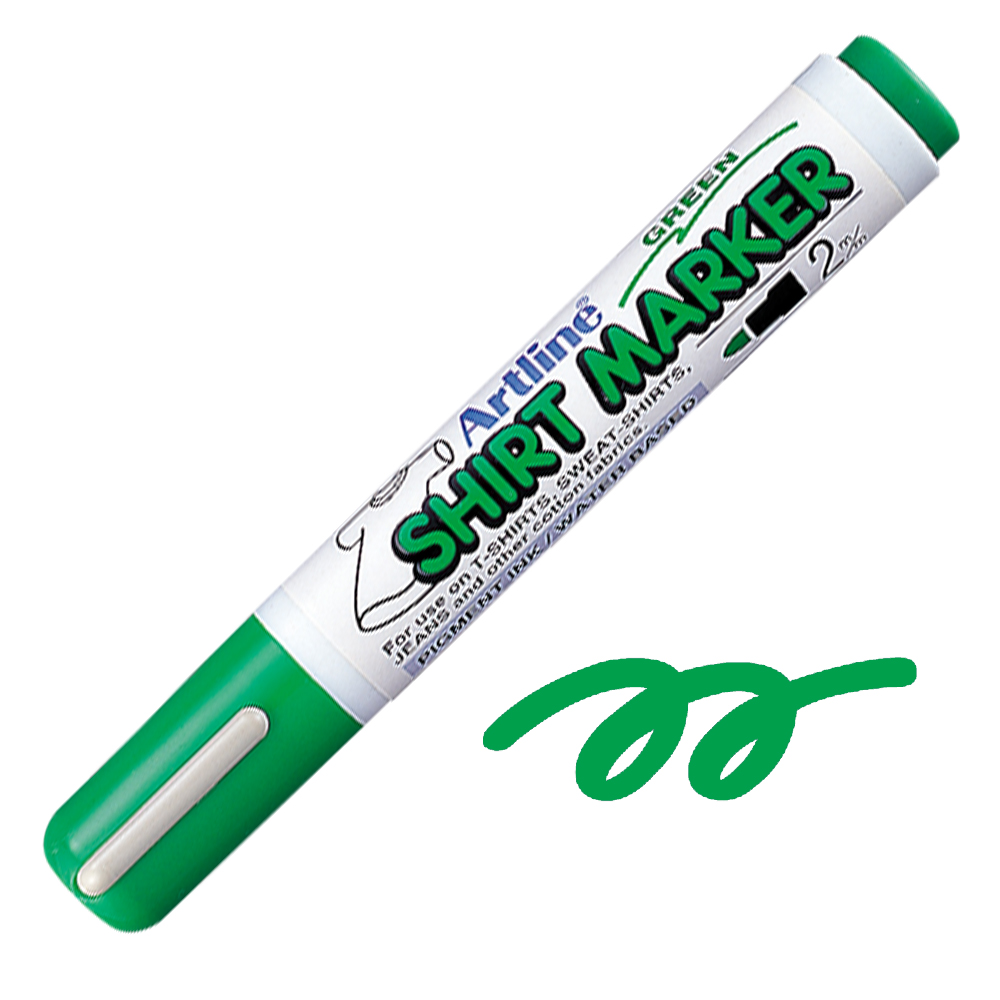
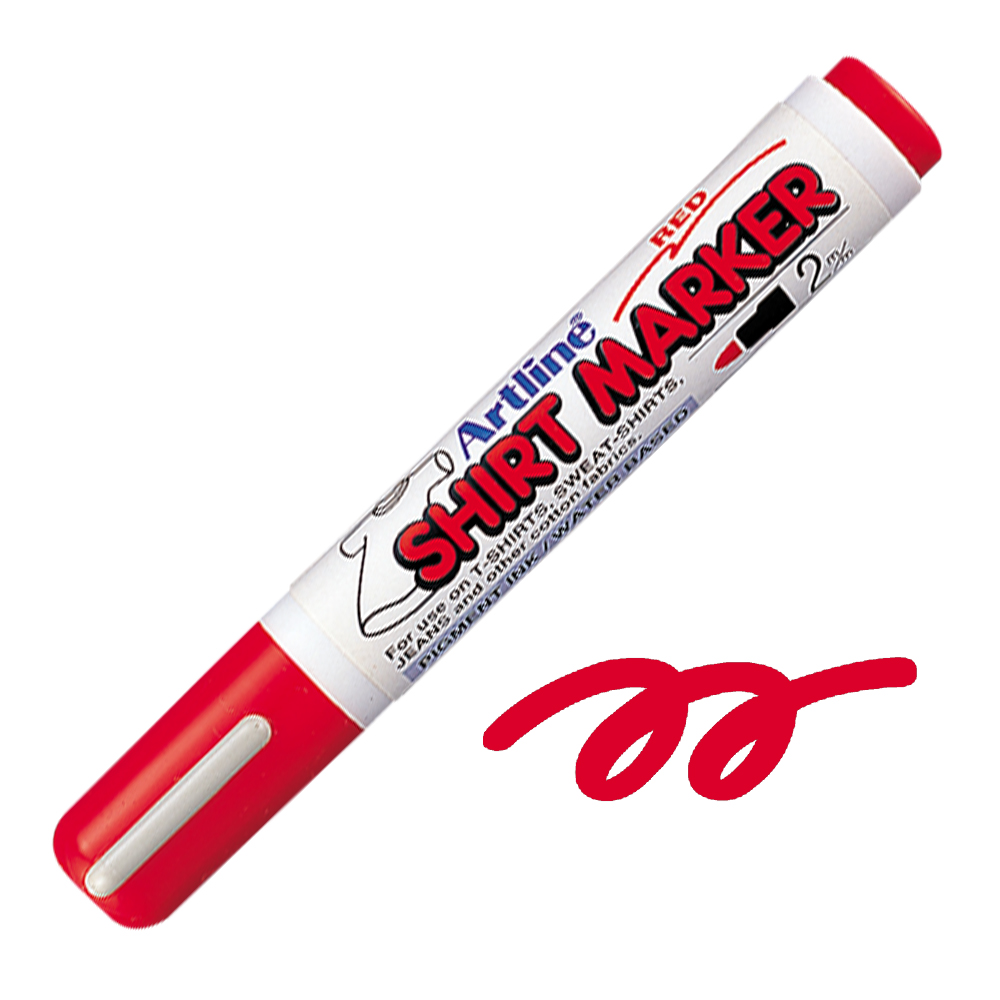
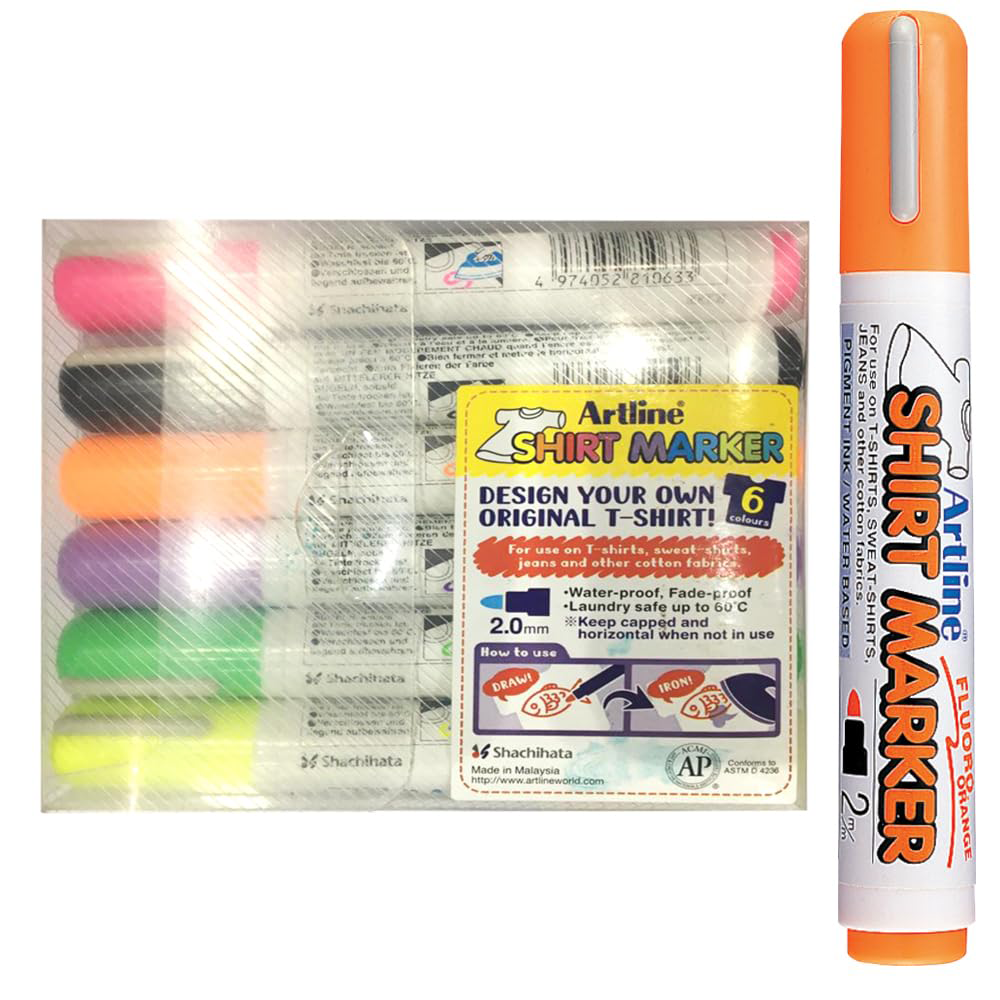
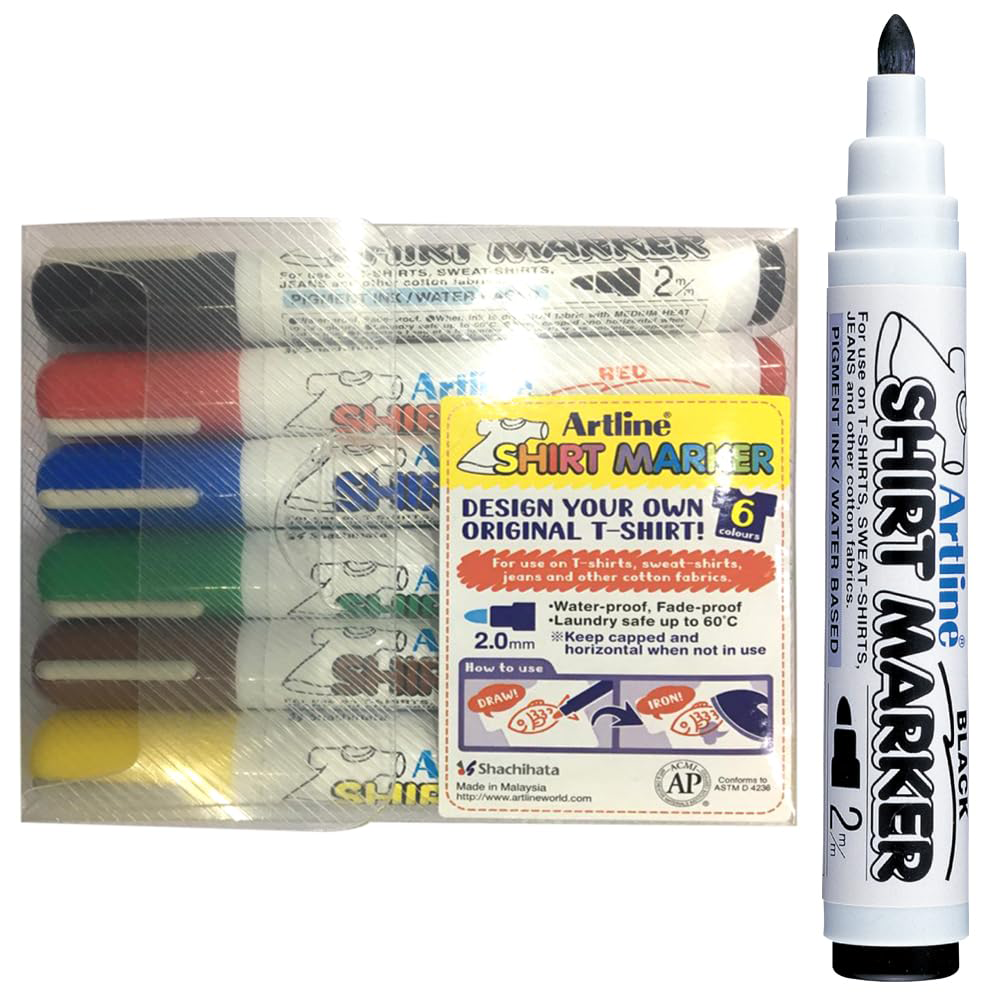
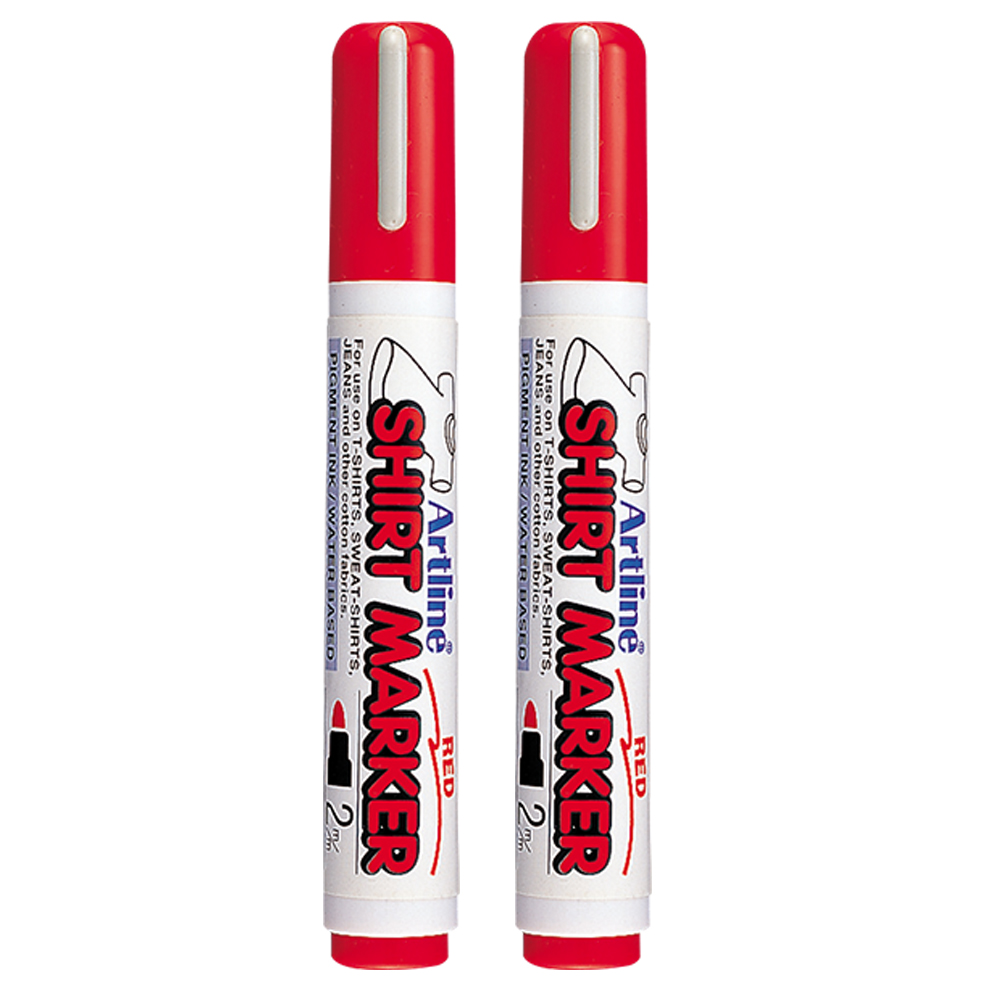

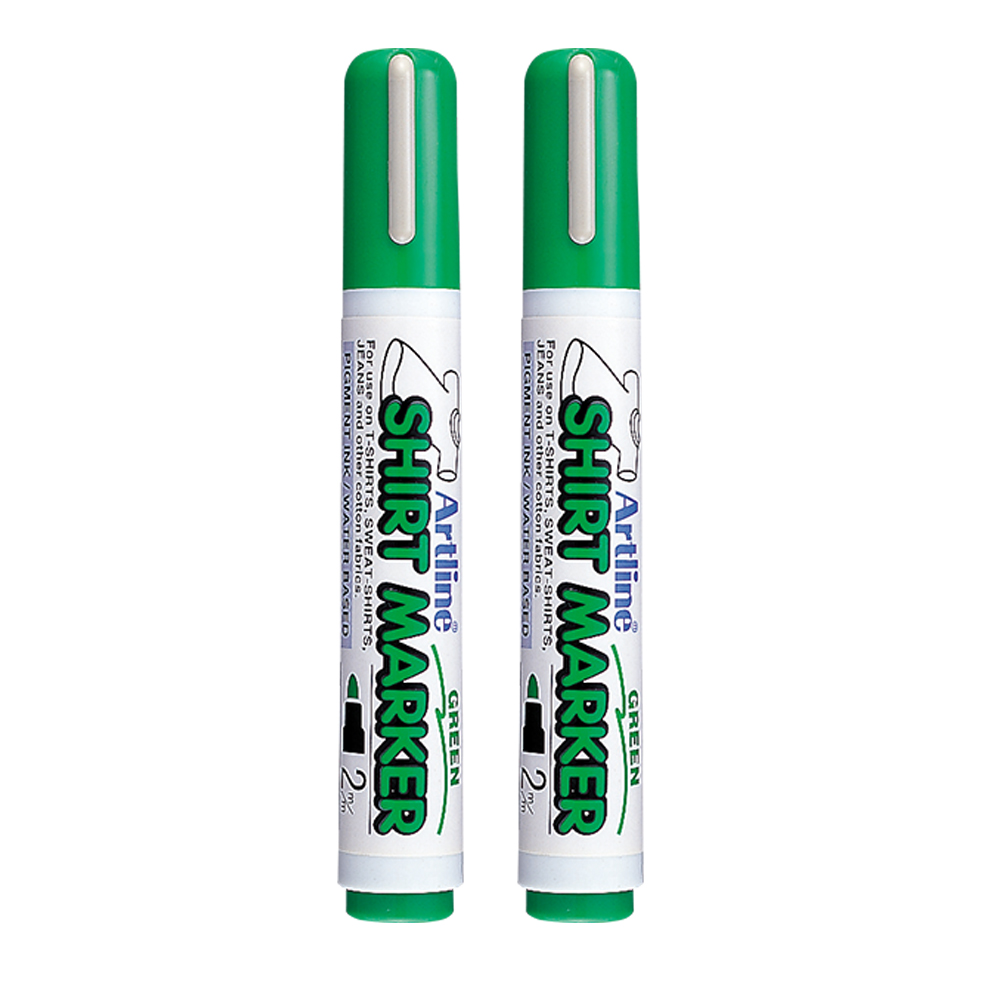
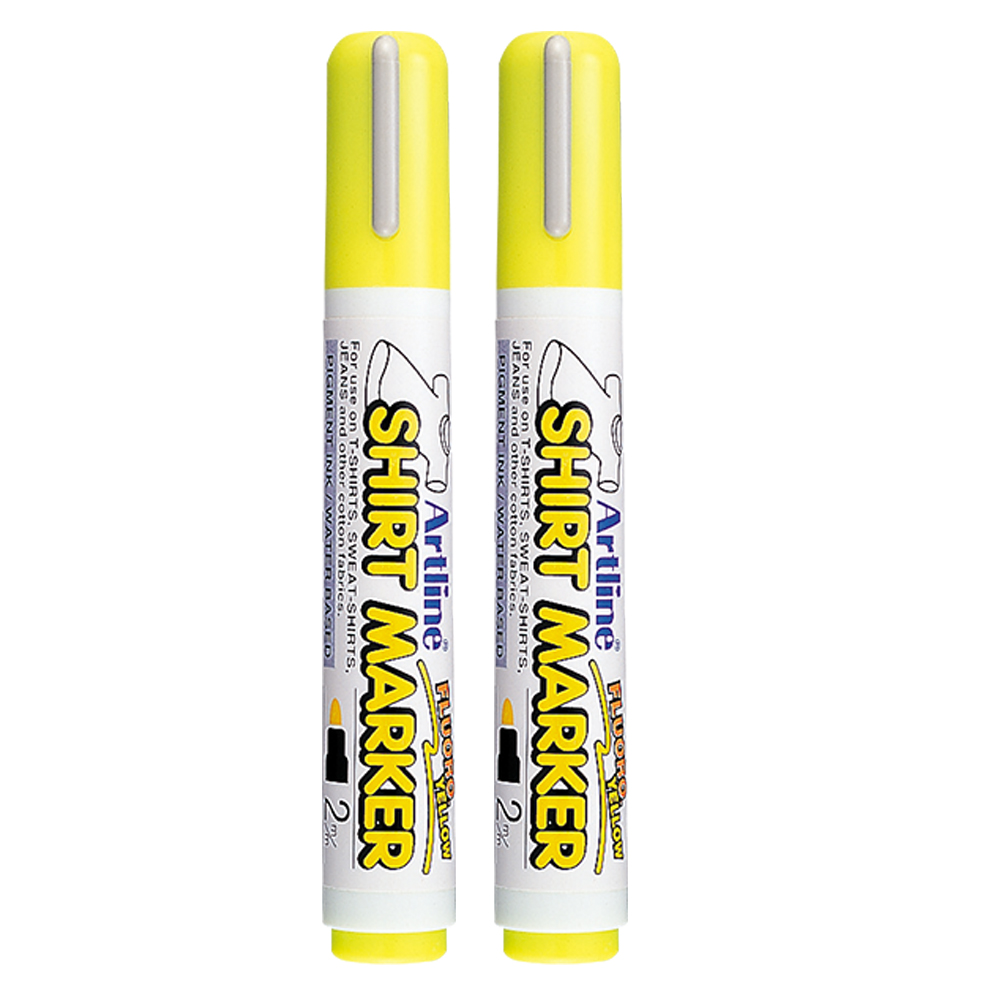
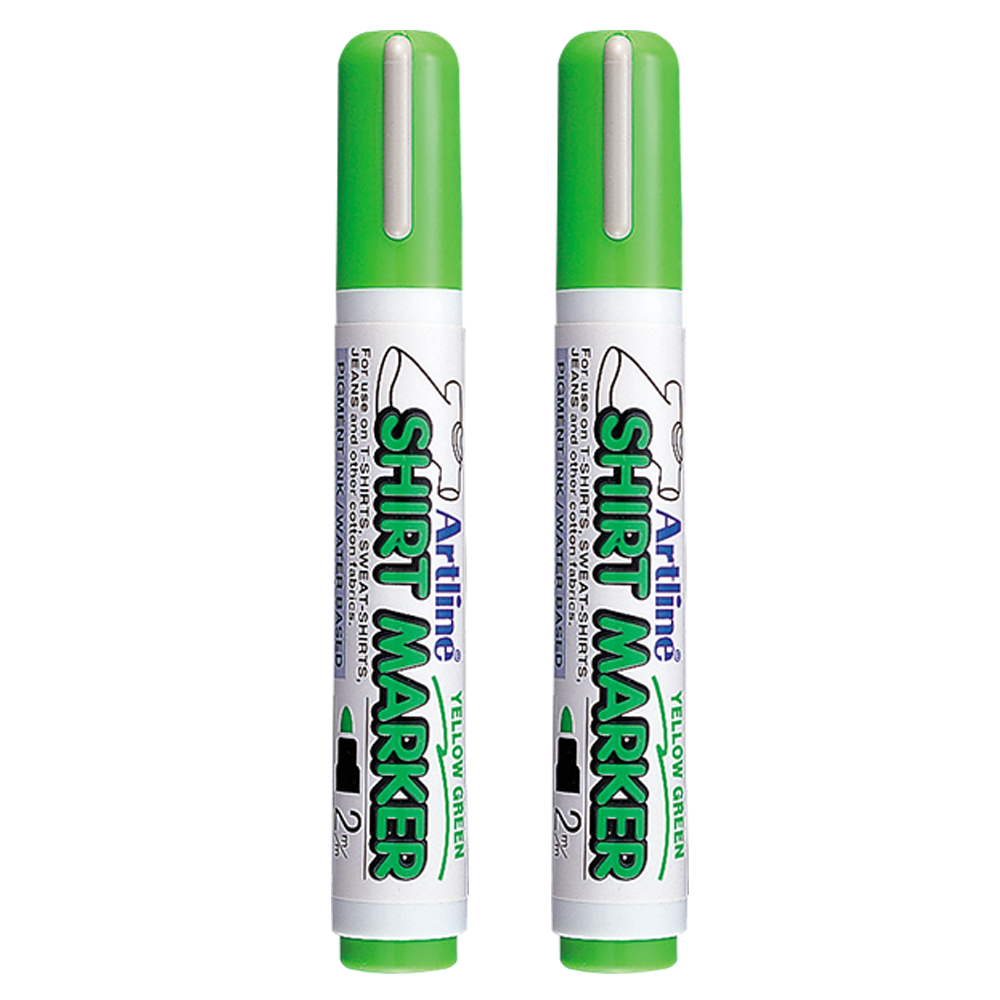
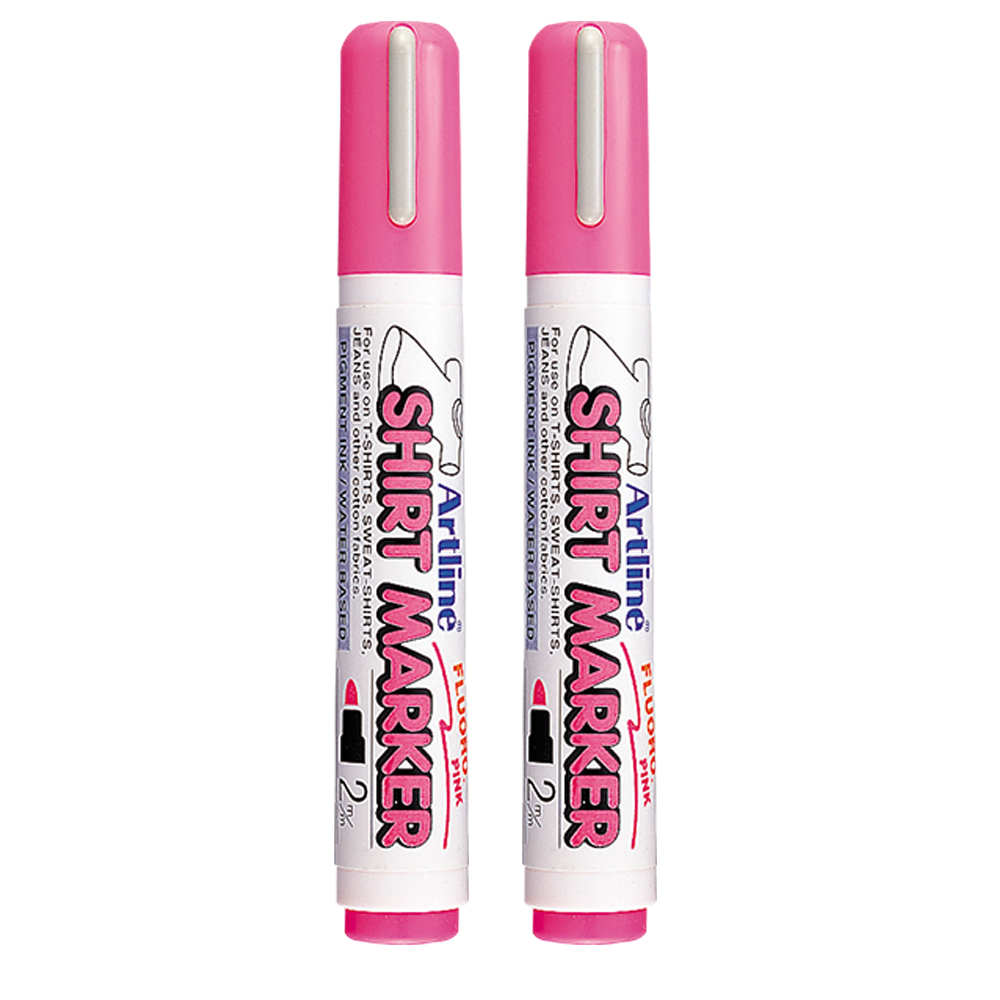

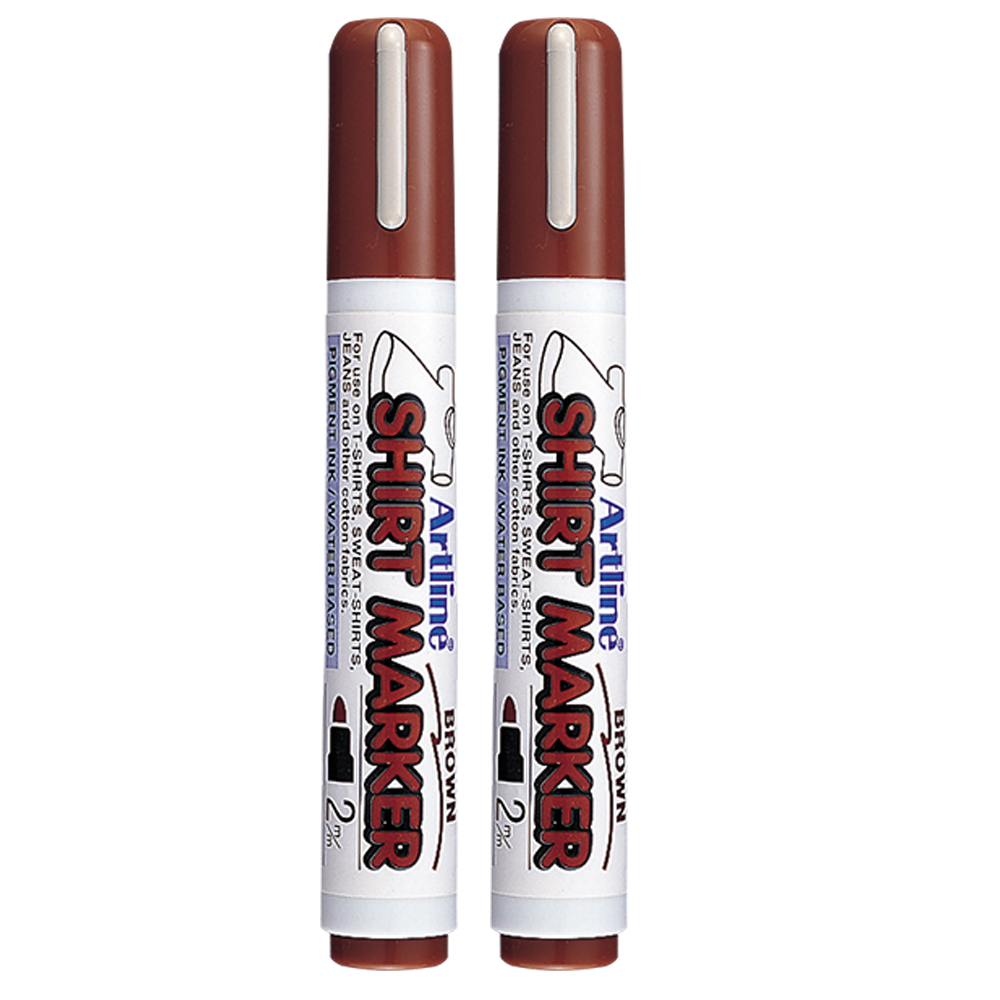

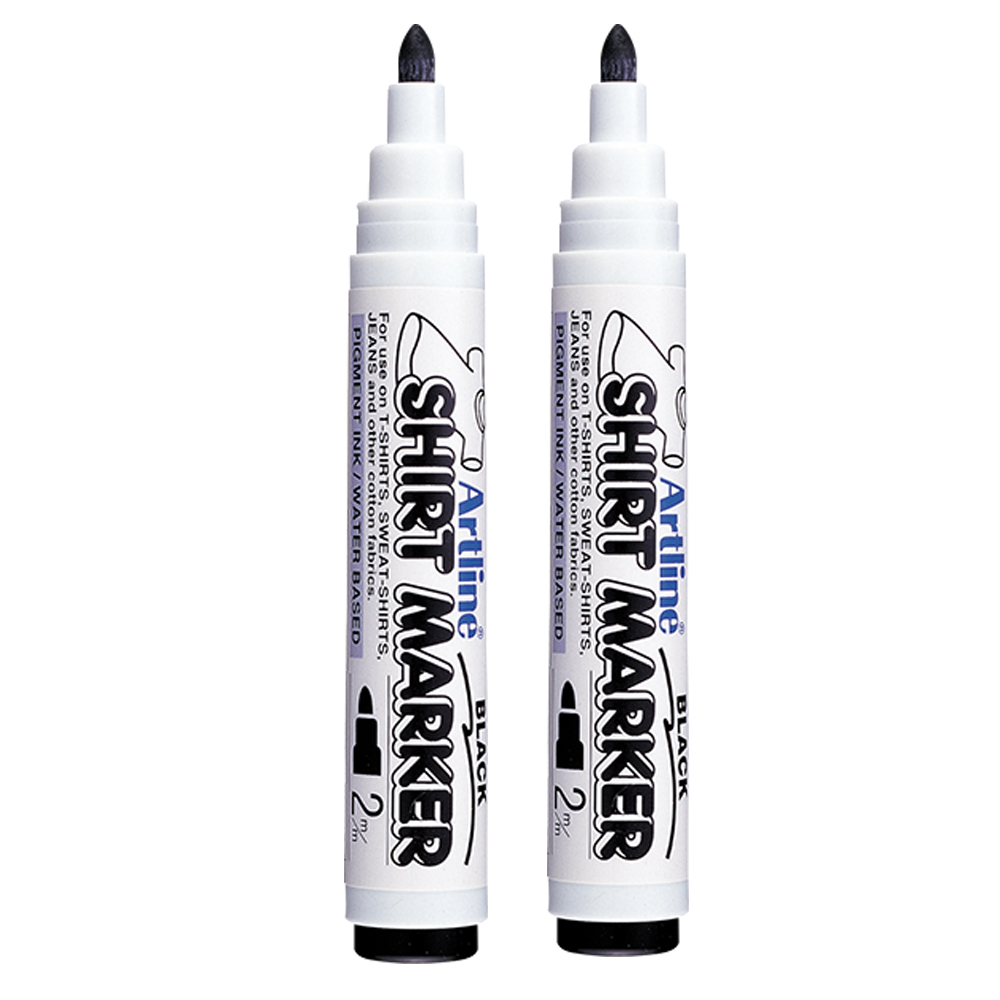
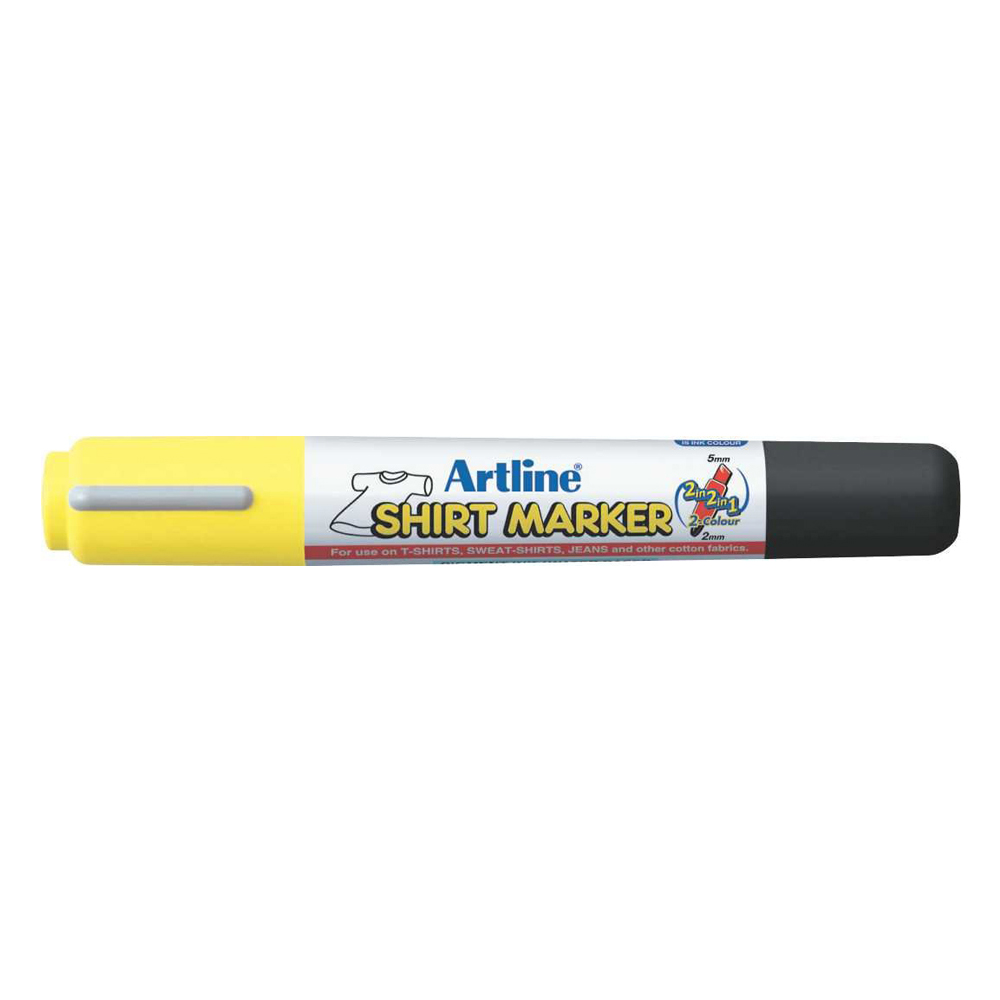

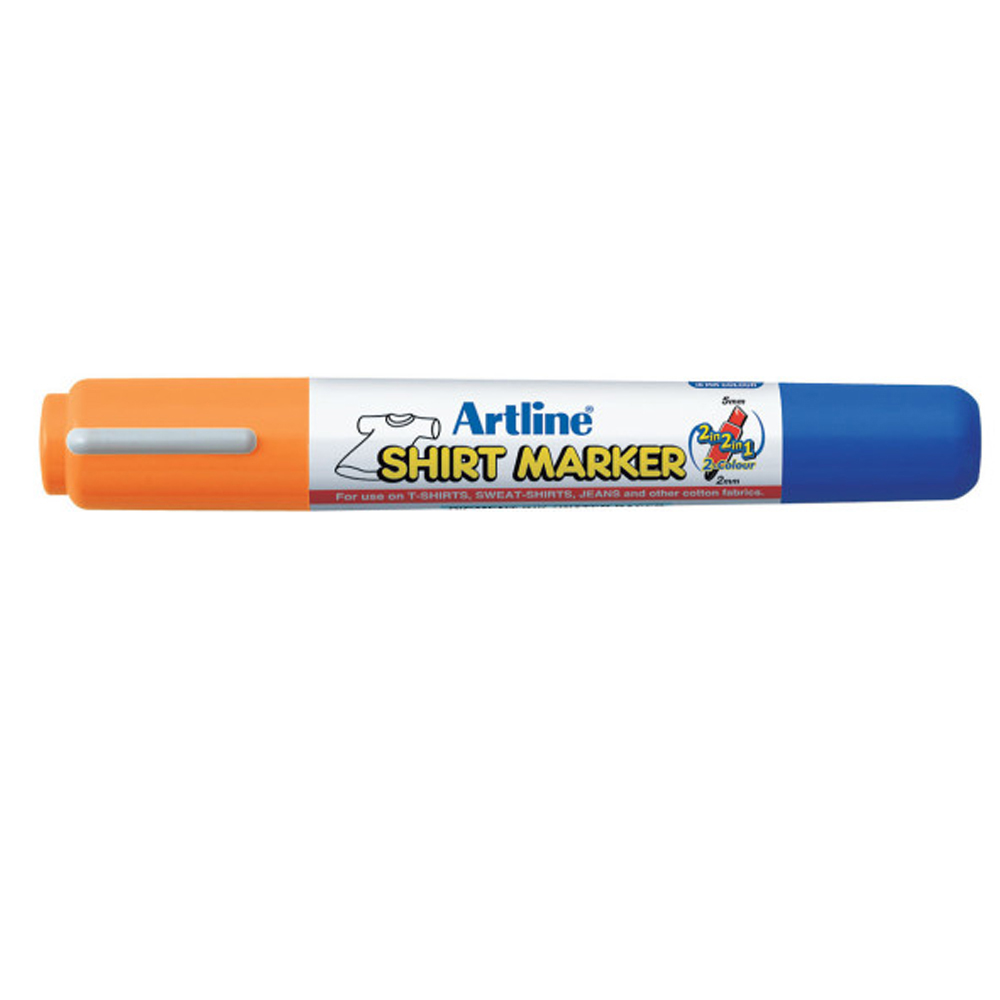



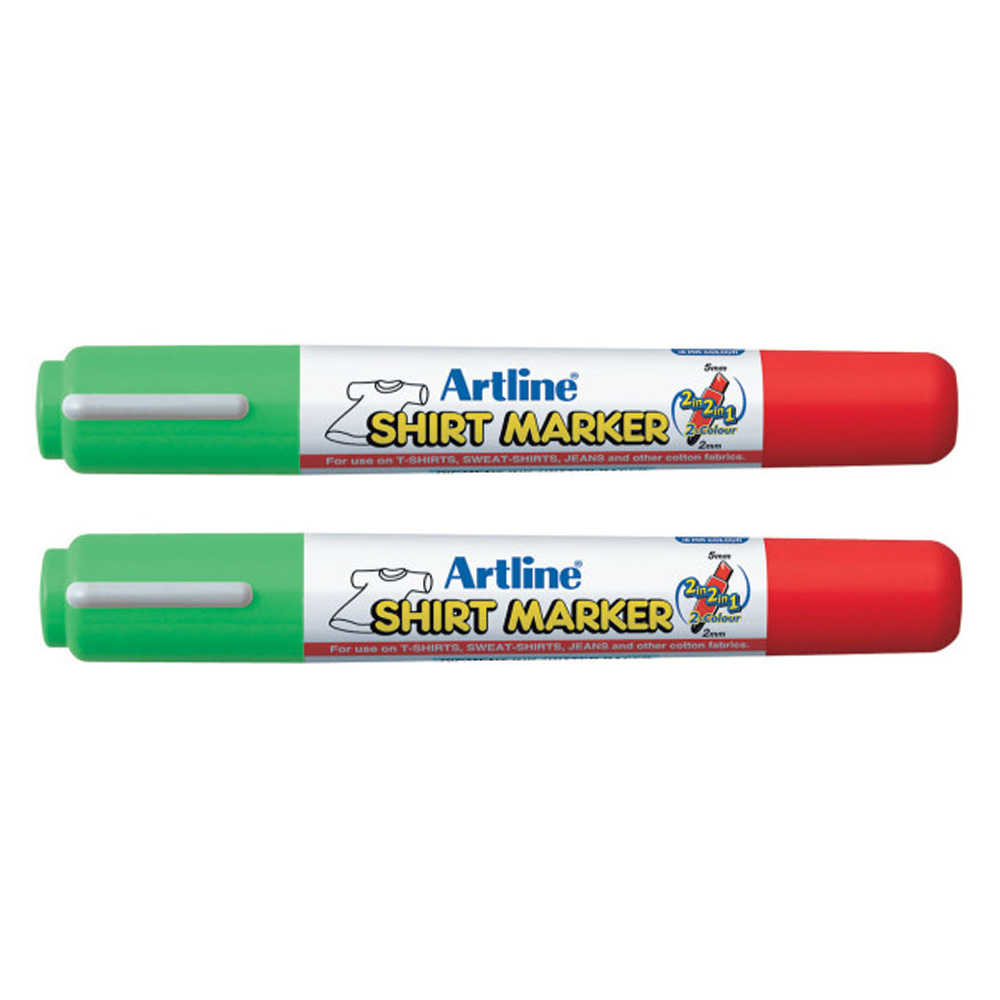

Privacy | Disclaimer | Sitemap
Disclaimer
Sitemap
©2023 Artline India. All rights reserved.